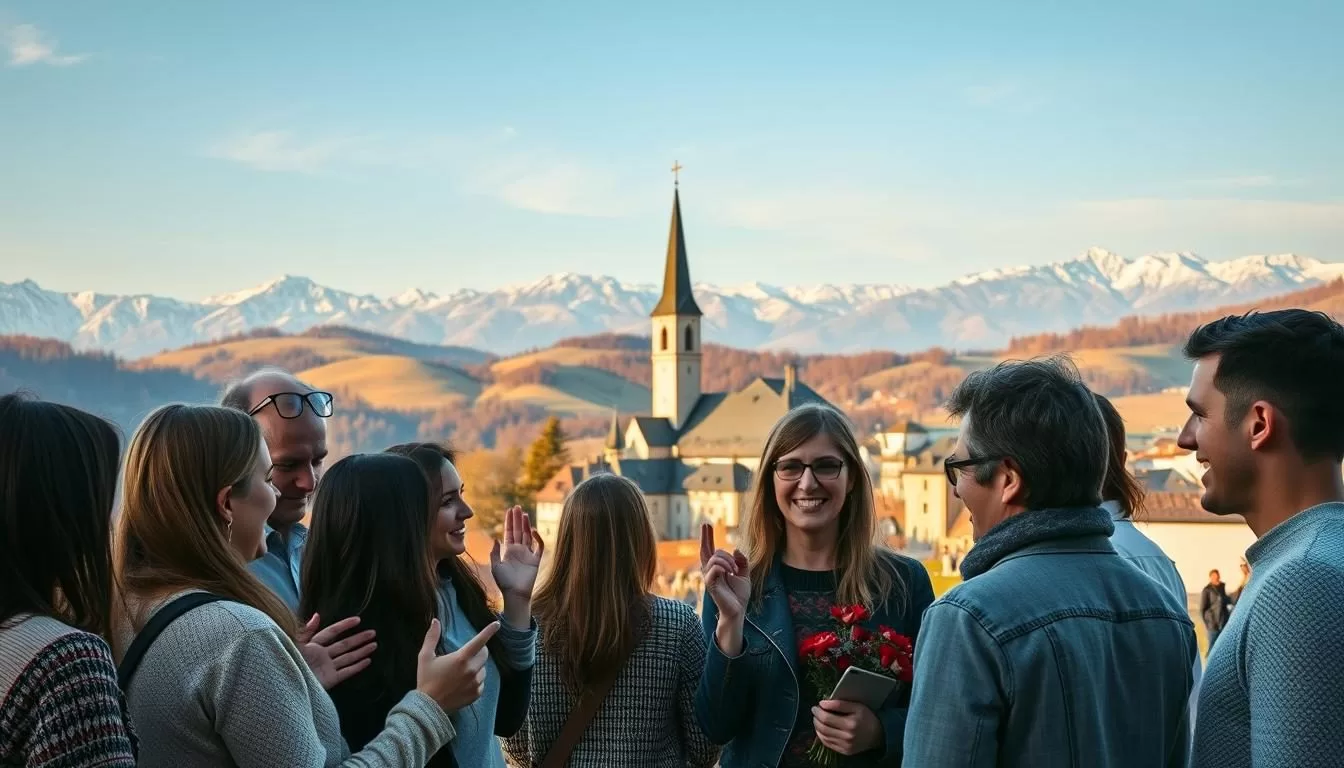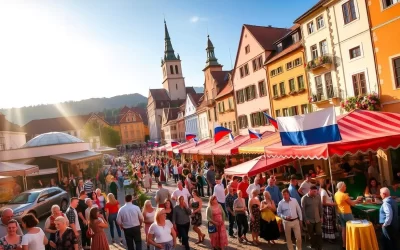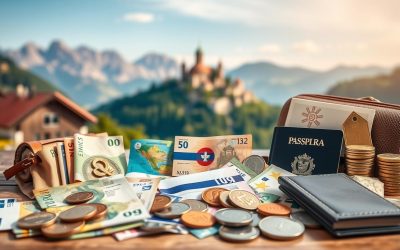✓ Accommodations✓ Flights✓ Rental Cars✓ Tours & Activities
Slovene is the primary language in this Central European country, serving as a cornerstone of its cultural identity. Over 87% of the population speaks it as their first language, making it the most widely used official language.
In certain regions, Italian and Hungarian are also recognized as co-official languages. These minority languages are protected by the constitution, reflecting the country’s diverse heritage.
Foreign languages like English and German are commonly taught and used, especially among younger generations. This multilingual environment highlights Slovenia’s unique position as a meeting point of Slavic, Germanic, and Romance influences.
The Rich Linguistic Heritage of Slovenia
The linguistic landscape of this Central European nation reflects a rich tapestry of cultural influences. Over centuries, the population has been shaped by Slavic, Germanic, and Romance traditions. This blend has created a unique multilingual society that continues to evolve today.
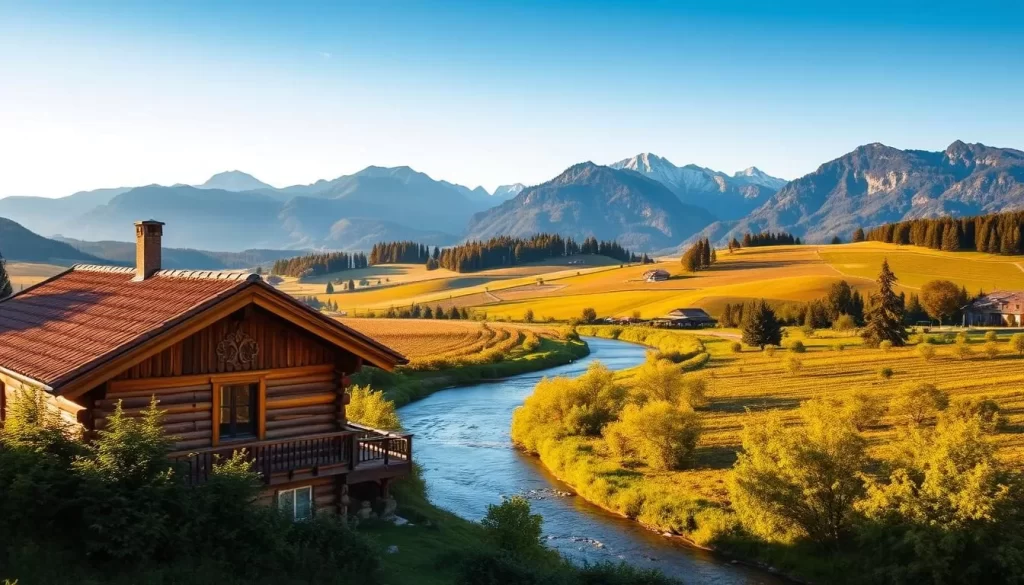
Cultural Diversity and Historical Influences
Historical events like the world wars and the era of former Yugoslavia have left a lasting impact on language policies. During these periods, the community adapted to new political and social realities. This adaptation is evident in the way laws protect Slovene and co-official languages like Italian and Hungarian.
For example, in certain regions, Italian and Hungarian are recognized as co-official languages. This recognition reflects the country’s commitment to preserving its diverse heritage. It also ensures that every person, regardless of their background, feels included in the national dialogue.
Formation of a Multilingual Society
The population here has always been diverse, with communities contributing to the linguistic richness. From the Slavic roots of Slovene to the Germanic and Romance influences, the country’s languages tell a story of resilience and adaptation. Today, this multilingualism is a source of pride and identity.
Generational changes have also played a role. Younger generations often speak multiple languages, including English and German. This trend highlights the country’s openness to global communication while preserving its local traditions.
| Language | Region | Speakers |
|---|---|---|
| Slovene | Nationwide | 2.5 million |
| Italian | Coastal Areas | 90,000 |
| Hungarian | Northeast | 5,000 |
This table showcases the distribution of languages across different regions. It highlights how historical influences continue to shape the way people communicate today.
Slovenia: Official and widely spoken languages
Language policies in this Central European nation are deeply rooted in its constitution and cultural identity. Slovene is mandated for use in government and education, ensuring its preservation and prominence. This legal framework supports the language while protecting minority groups and their dialects.
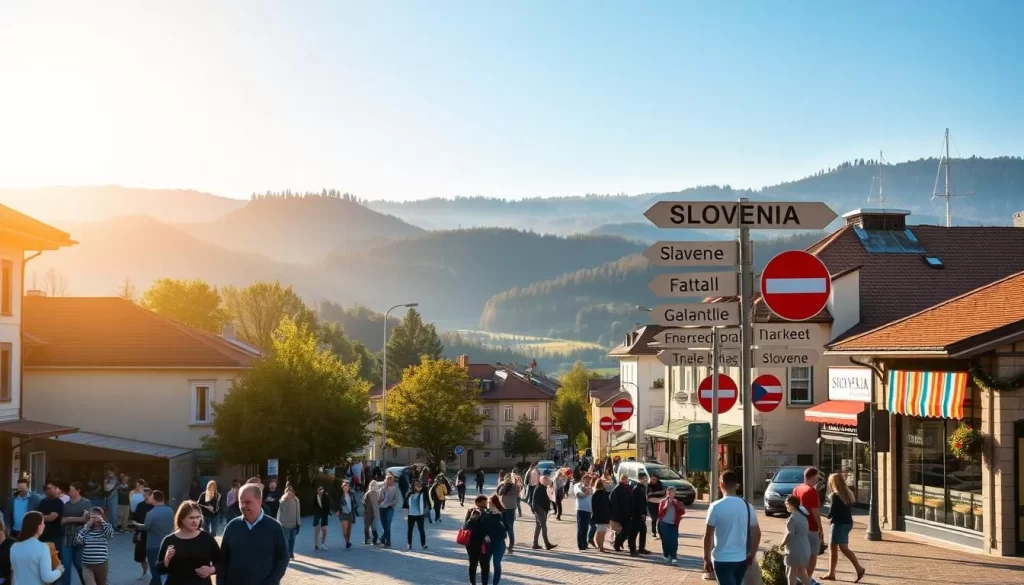
Legal Protections for Minority Groups
The constitution safeguards minority language groups, including immigrants. Italian and Hungarian are co-official in specific regions, reflecting the nation’s commitment to diversity. These protections ensure that every speaker feels included in public life.
For example, Hungarian is co-official in three municipalities, while Italian holds the same status in four coastal areas. This recognition highlights the balance between tradition and inclusivity.
Slovene in Media and Education
Slovene dominates media and education, reinforcing its role as the primary language spoken. Schools teach it alongside foreign languages like English and German, preparing younger generations for global communication.
This approach preserves traditional language use while embracing modern needs. It also ensures that dialects, which vary across regions, remain a vital part of the nation’s linguistic heritage.
| Language | Legal Status | Region |
|---|---|---|
| Slovene | Official | Nationwide |
| Italian | Co-Official | Coastal Areas |
| Hungarian | Co-Official | Northeast |
This table illustrates the legal status of languages across different regions. It highlights how policies support both the majority and minority groups.
Exploring Minority and Immigrant Languages
In specific municipalities, Italian and Hungarian hold co-official status, reflecting the country’s commitment to linguistic diversity. These languages are prominent in regions bordering Italy and Hungary, where they play a vital role in daily life.
Italian is recognized in four coastal municipalities, while Hungarian is co-official in three northeastern areas. This legal recognition ensures that these languages are integrated into public services, education, and media.
Italian and Hungarian as Co-Official Languages
Italian and Hungarian are not just languages; they are symbols of cultural heritage. In schools, students learn these languages alongside the primary one, fostering bilingualism from an early age.
In border regions, these languages are part of everyday communication. For example, street signs and official documents are often bilingual, making it easier for residents to navigate daily life.
Slavic Minority and Immigrant Communities
Immigrant languages like Croatian and Serbian are widely spoken among communities. These languages are often used at home, preserving cultural ties while integrating into the broader society.
In schools, children from immigrant families are encouraged to maintain their first language while learning the primary one. This approach helps them stay connected to their roots while adapting to their new environment.
| Language | Region | Usage |
|---|---|---|
| Italian | Coastal Areas | Public Services, Education |
| Hungarian | Northeast | Daily Communication, Media |
| Croatian | Urban Centers | Home, Community Events |
| Serbian | Urban Centers | Home, Community Events |
This table highlights the geographic distribution and usage of minority and immigrant languages. It shows how these languages enrich the cultural fabric of the country.
The Role of Foreign Languages in Slovenia
Foreign languages play a pivotal role in shaping communication and cultural exchange in this vibrant European nation. They are not just tools for global interaction but also a bridge to understanding diverse cultures. English and German, in particular, stand out as the most widely taught and used foreign languages.
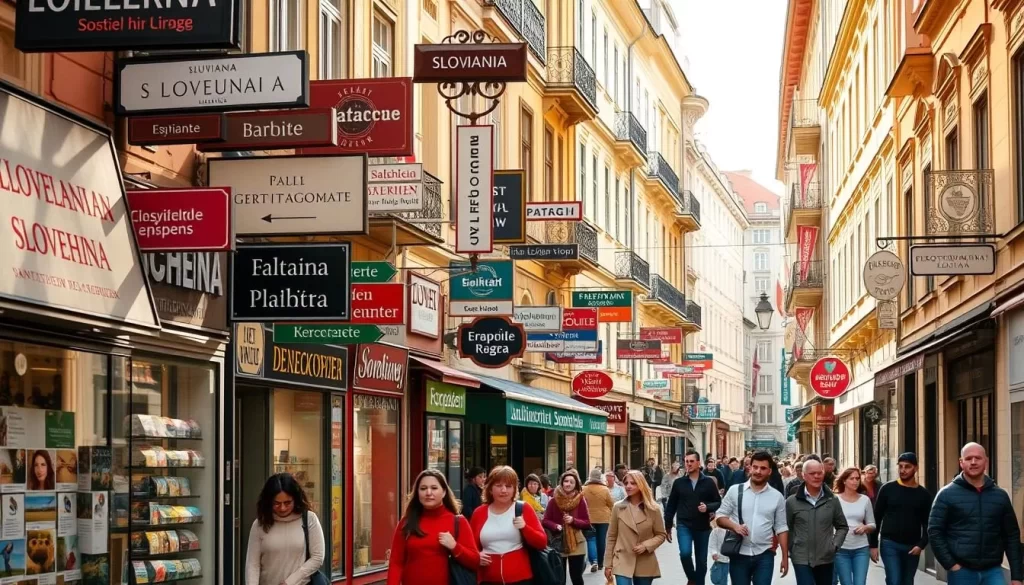
English and German in the Educational System
Learning foreign languages is an integral part of the school curriculum from an early age. English is the primary foreign language taught, with 76% of individuals aged 25-34 speaking it fluently. German, on the other hand, holds historical significance due to ties with the Austro-Hungarian Empire and remains a key second language, especially in the Styria region.
These languages are not just academic subjects but also practical tools for younger generations. They prepare students for global opportunities and foster a culture of multilingual proficiency. For example, many young Slovenians are trilingual, mastering at least two foreign languages alongside their native tongue.
Within the broader context of the European Union, foreign language skills are highly valued. They enhance communication across borders and contribute to a shared cultural understanding. This emphasis on multilingualism aligns with the EU’s vision of a united yet diverse community.
Foreign language instruction also supports professional growth. Proficiency in English and German opens doors in industries like tourism, technology, and commerce. This practical application underscores the importance of language education in today’s interconnected world.
For more insights into how foreign languages shape global communication, visit this detailed analysis.
To explore the broader trends in language proficiency across the EU, check out this comprehensive report.
Dialects and Regional Linguistic Variations
The rich tapestry of dialects in this Central European country reflects its deep cultural roots and historical evolution. These regional variations are not just linguistic quirks but symbols of identity and heritage. They offer a unique window into the area’s diverse cultural landscape.

Unique Features of the Prekmurje Dialect
The Prekmurje dialect, spoken in the northeastern part of the country, stands out for its distinct phonetic and lexical features. This dialect has been influenced by Hungarian, reflecting the region’s historical ties. It’s a living testament to the area’s multicultural past.
Efforts to preserve this dialect include its use in local media and education. These initiatives ensure that the knowledge of this unique linguistic form is passed down to future generations.
Preserving Heritage Languages Like Gottscheerish
Gottscheerish, a Germanic dialect, is another heritage language facing the threat of extinction. Preservation efforts focus on documenting its vocabulary and grammar. These activities are crucial for maintaining the area’s linguistic diversity.
Local authorities and cultural organizations play a key role in these preservation efforts. Their work ensures that these heritage languages remain a vibrant part of the national language landscape.
| Dialect | Region | Unique Features |
|---|---|---|
| Prekmurje | Northeast | Hungarian influences, distinct phonetics |
| Gottscheerish | Southern Areas | Germanic roots, endangered status |
| Štajerska | Central Region | Germanisms, historical significance |
This table highlights the geographic distribution and unique features of key dialects. It underscores the importance of these linguistic forms in the area’s cultural identity.
For more insights into the linguistic diversity of this region, visit this detailed analysis.
Conclusion
The linguistic heritage of this nation showcases a unique blend of tradition and diversity. Slovene stands as a cornerstone of cultural identity, reflecting its historical journey toward independence. Its dual grammatical number, preserved from Proto-Indo-European, highlights its linguistic richness.
Legal frameworks ensure minority protection, supporting the Hungarian minority and Italian minority in their regions. These measures preserve their cultural contributions while fostering inclusivity. For example, Italian is co-official in coastal areas, while Hungarian holds the same status in the northeast.
Dialects like the Slovene dialect add depth to the linguistic landscape. Efforts to document and teach these variations ensure their survival for future generations. This commitment to diversity unites communities, making language a bridge between past and present.
Explore more about Slovene dialects and their cultural significance. Learn how language education policies promote inclusivity and heritage preservation.
The above is subject to change.
Check back often to TRAVEL.COM for the latest travel tips and deals.
